Emerging Life Science Hubs Stake a Claim
These cities offer a cost-effective alternative to established markets, both from an operational and quality-of-life perspective.
What was largely unthinkable in the life science sector for 20 years is happening with more frequency today: Companies are choosing to move or expand out of the traditional Boston, San Francisco Bay Area and San Diego, Calif., hubs in favor of Austin, Texas; Nashville, Tenn.; Boulder, Colo.; Seattle and other cities with nascent biotech clusters.
These emerging life science markets have been strengthening their STEM academic research and workforce for the last several years. They are also offering companies a more cost-effective alternative to the hubs, both from an operational and quality-of-life perspective, experts say. Respective corporate tax rates of 8.8 percent and 8.0 percent in California and Massachusetts, for example, are at least twice that in many competing states, according to JLL. Texas and Washington have no corporate taxes.
READ ALSO: Life Science Market to Bounce Back
“Demographic shifts have worked in the favor of emerging markets that are unrelated to life science,” said Travis McCready, who heads up JLL’s life sciences practice. “Most of the major hubs are struggling with some combination of a high cost of living, a lack of affordable housing and challenging transportation dynamics.”
COVID-19, again
The pandemic helped accelerate the trend. It drove demand for life science space amid heightened investment for new therapies and cures, and in many cases, that space was hard to find in the big three markets, said Mark Burkemper, a senior managing director & head of transactions in North America for alternative real estate investment management firm Harrison Street. That driver has lessened, however, as a rash of development during the crisis and a subsequent cyclical slowing of venture investment has created a glut of space in the hubs.
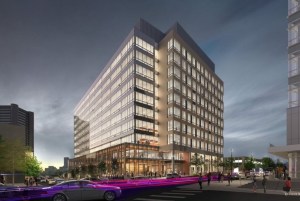
Harrison Street and Winstanley Enterprises are developing a 525,000-square-foot life science building in New Haven, Conn. Image courtesy of Harrison Street and Winstanley Enterprises
But COVID-19 also illustrated that virtual and productive work arrangements were possible, allowing people to seek a better work-life balance, which has contributed to the demographic shift, he added. Harrison Street owns 8 million square feet of life science assets, about 3 million of which are stabilized or in development in emerging clusters such as Boulder, Colo., Houston, Chicago, Durham, N.C., and Philadelphia.
“Emerging life science markets had already been growing, although not as fast as the traditional hubs,” Burkemper said. “But with the way the top three markets have exploded in cost, these markets certainly offer less expensive alternatives and a better living environment for families.”
Harrison Street and Winstanley Enterprises are developing a 525,000-square-foot life science building in New Haven, Conn., that includes biomedical lab space and 48,000 square feet of incubator space for startup companies. The project is in the city’s Downtown Crossing revitalization district near the Yale School of Medicine and is part of an effort to build a biotech hub in the area. Yale University is anchoring the building.
Texas: A compelling life science case study
Major cities in Texas, as well as the state itself, continue to build upon a rapidly growing life science sector. According to CBRE, total life science employment grew 30 percent in Austin between 2019 and midway through 2022, while the Dallas-Fort Worth area growth clocked in at 17.1 percent. The U.S. average was 13.7 percent, the brokerage firm reported.
Among other projects, Emerald Cloud Lab, an automated laboratory that provides experiment and research services for the pharmaceutical, biotech and life science industries, not only recently relocated from San Francisco to Austin, but its new 105,000-square-foot lab represents a 700 percent increase in space. In November, the North Texas community of Plano blessed a plan by NextPoint Advisors to redevelop the 1.6 million-square-foot former Electronic Data Systems campus into a $4 billion life science and medical center.
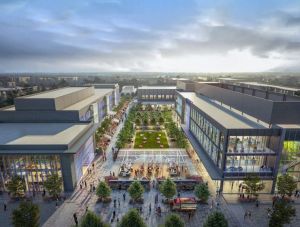
Alexandria Center for Advanced Technologies at The Woodlands marks the developer’s first project in Houston. Image courtesy of Alexandria Real Estate Equities
Meanwhile, Alexandria Real Estate Equities, a life science REIT, has amassed a portfolio of roughly 2 million rentable square feet across Austin and Houston, according to financial disclosures. The entrée into the market was largely to accommodate existing tenants, according to comments during an earnings call last year made by Joel Marcus, Alexandria’s founder & executive chairman. Same as others, he referenced the cost of doing business and quality of life compared with the coasts, but he also noted the appeal of the state’s solid technology foundation.
“Alexandria’s reasoning for being in emerging markets is pretty straightforward: People want to live in those places,” declared Alex Snyder, a portfolio manager with the real estate securities group at CenterSquare Investment Management. “They’ve said that companies have found it easier to recruit in a lot of these Sun Belt markets—not everyone can stand a Boston winter.”
READ ALSO: Getting Into the Heads of Life Science Clients
While the state’s lack of corporate and personal income taxes underscores its pro-business posture, its low-cost reputation can be represented by lab space rents of around $30 to $40 per square foot in Austin versus two to three times that rate in Boston or San Francisco, said Grayson Mann, a senior project manager in the Austin office of Project Management Advisors, a national real estate development manager. Institutions such as the University of Texas Southwestern Medical Center, Texas A&M, Texas Christian University, and Rice University are also emphasizing STEM curricula.
“I think life science companies have taken comfort in the fact that a lot of the big tech giants have been able to make the move to Texas,” Mann said. “But with new health technology and artificial intelligence coming into the industry, companies are going to come out of Raleigh in North Carolina or out of Minnesota—anyplace where universities have focused on tech and life science programs for the last decade or so.”
Critical infrastructure
Since 2020, however, Texas has lost out on thousands of new biomanufacturing jobs. In response, voters in November approved a measure to exempt property and personal property taxes of makers of medical and biomedical products. Many states offer similar incentives. Last year, for example, Colorado provided $4.5 million in job growth tax credits to Project Cell, a gene editing startup that has ties to the University of Colorado.
Such inducements, however, are largely secondary to life science decision-makers, suggested McCready. Access to technical and skilled talent, top research institutions and risk capital to fund research are paramount, he added. That last variable includes funding by state, county or local jurisdictions as well as private venture capital funds—and those native to the markets are even better.
“The primary concern of life science companies is whether they can drive scientific value,” McCready explained. “The emerging life science ecosystems that can execute on this trifecta will continue to get stronger, even in the face of headwinds that are buffeting the broader life science market at the moment.”


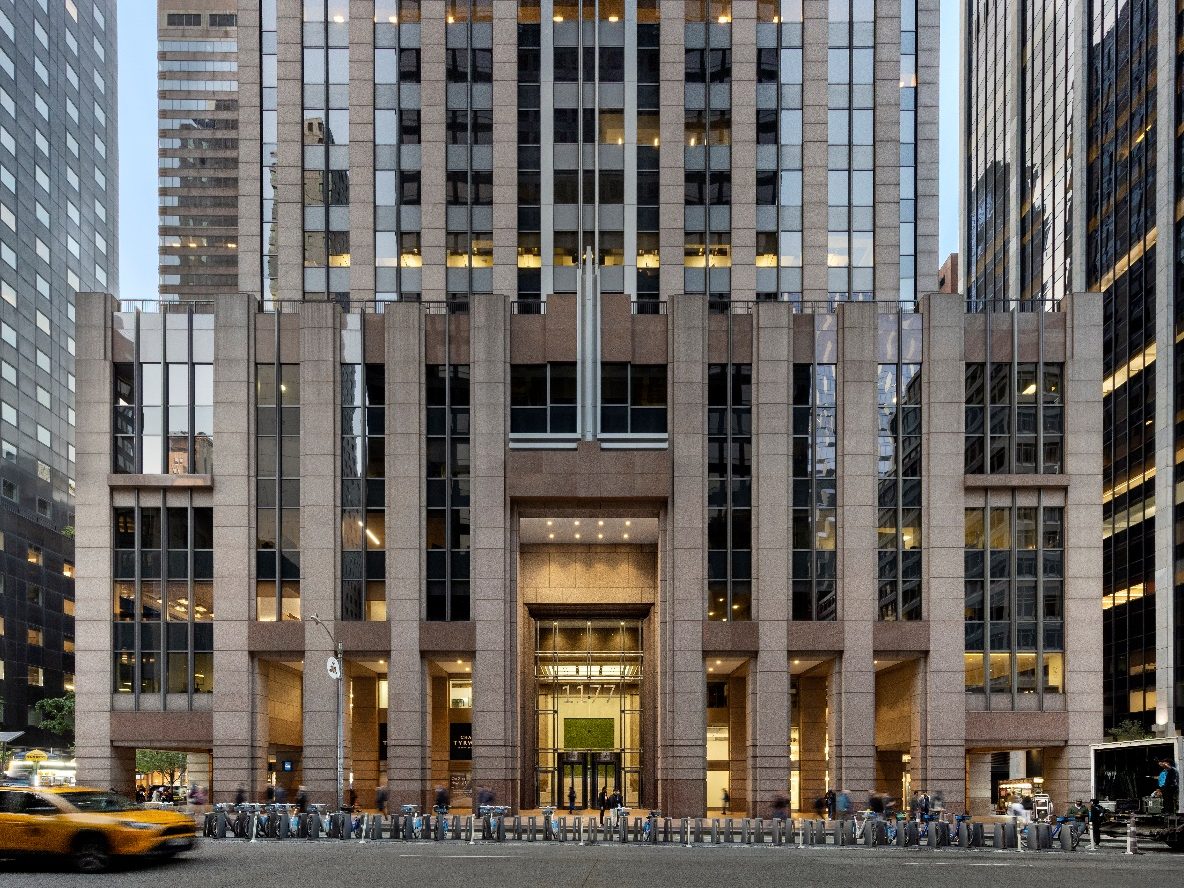
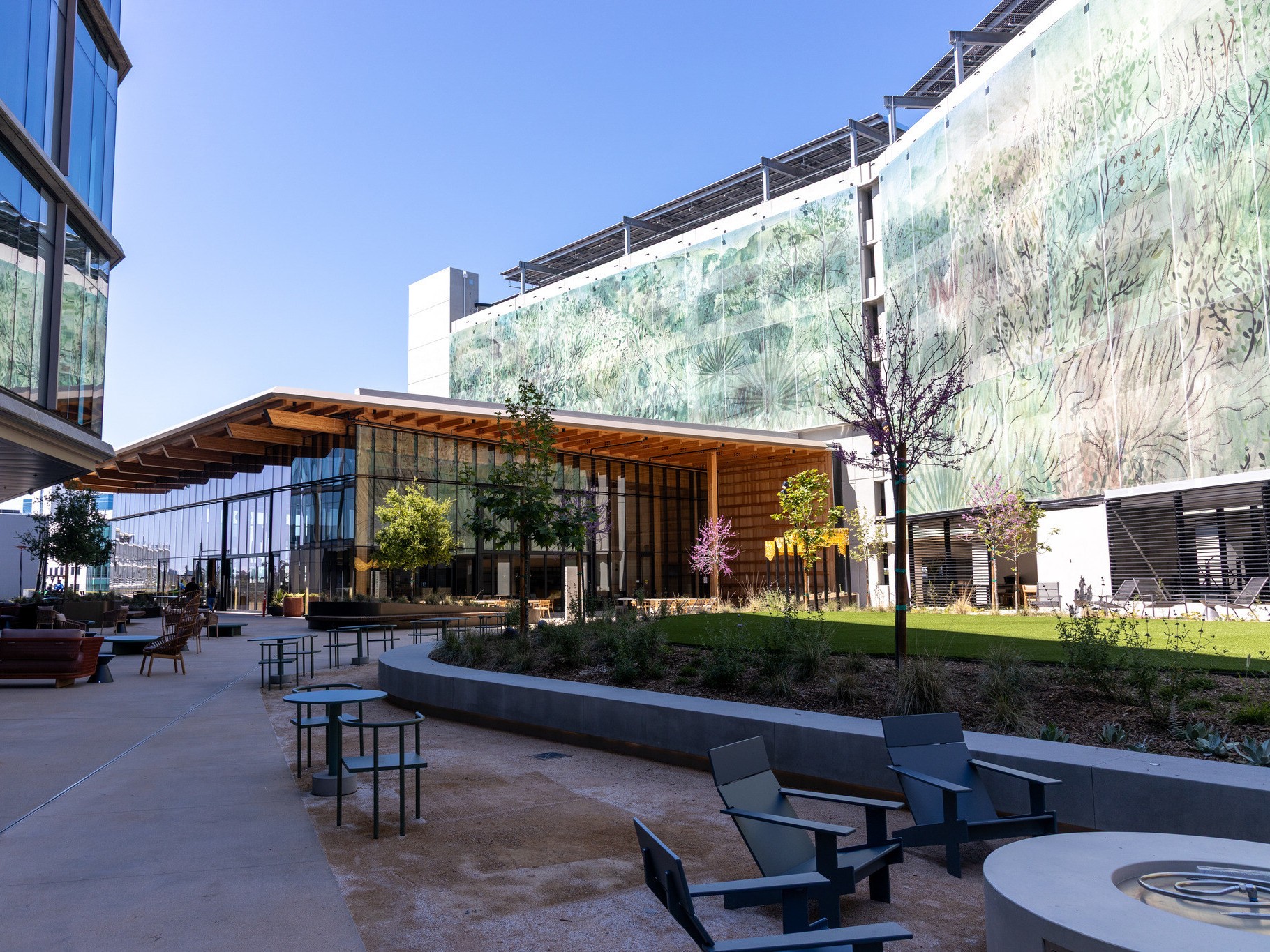
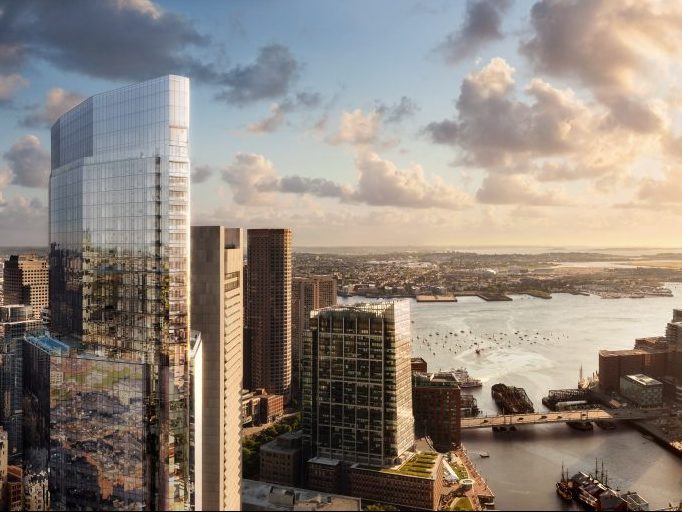
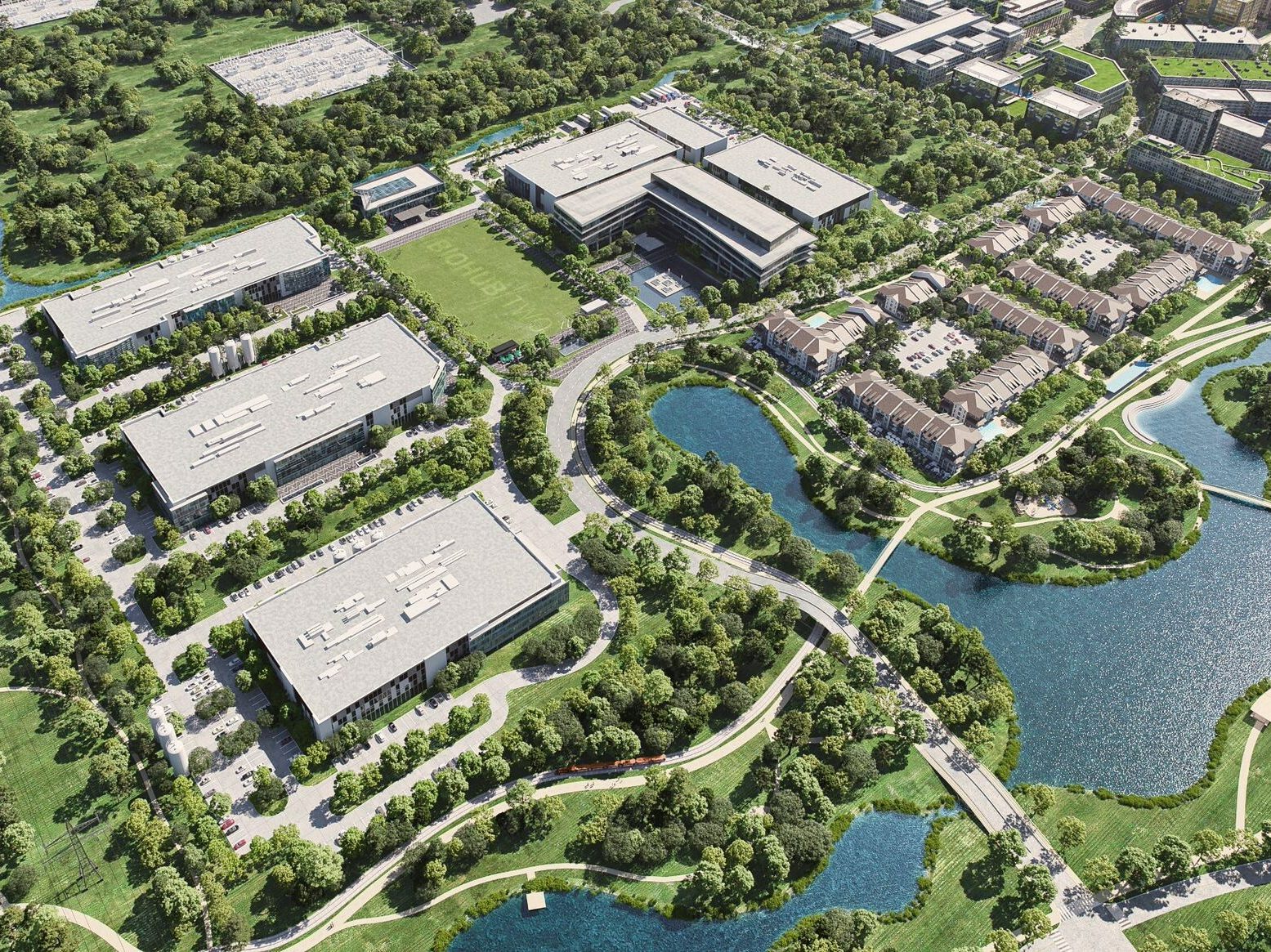

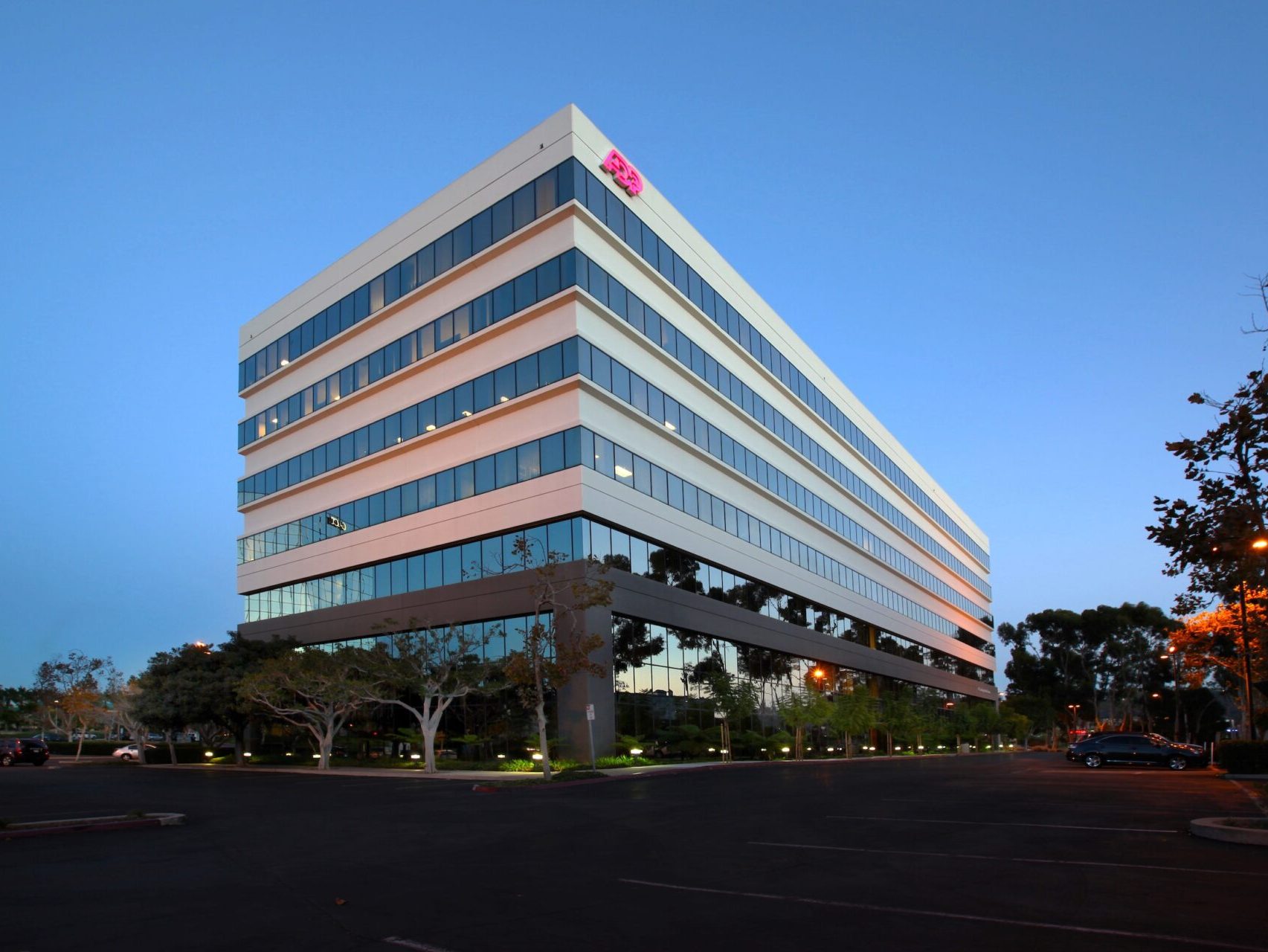
You must be logged in to post a comment.